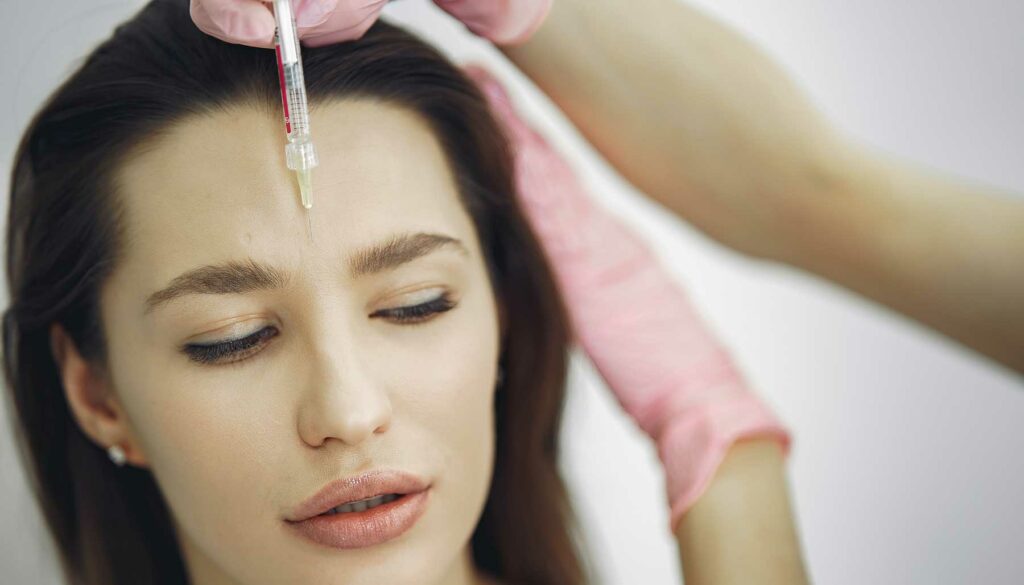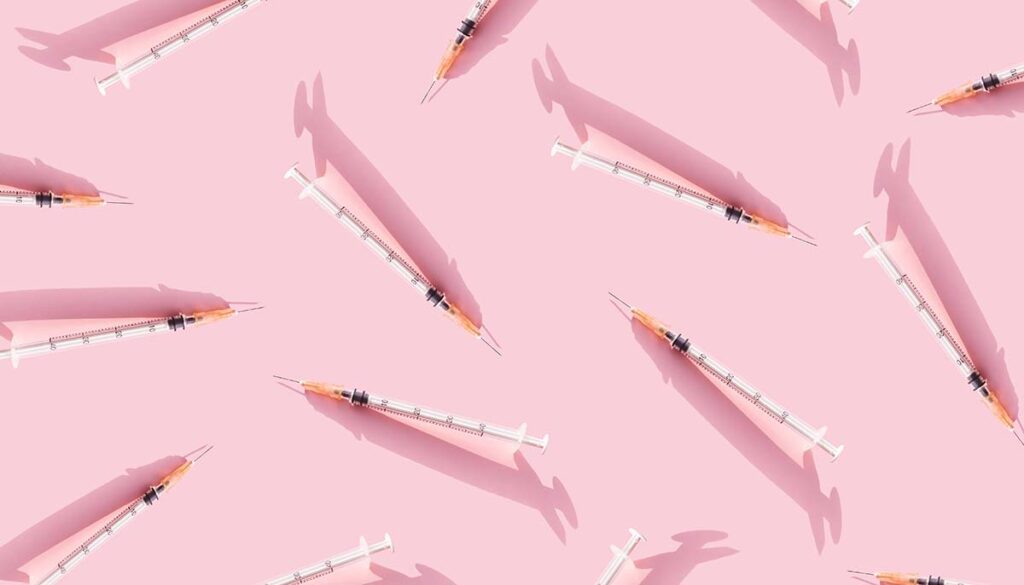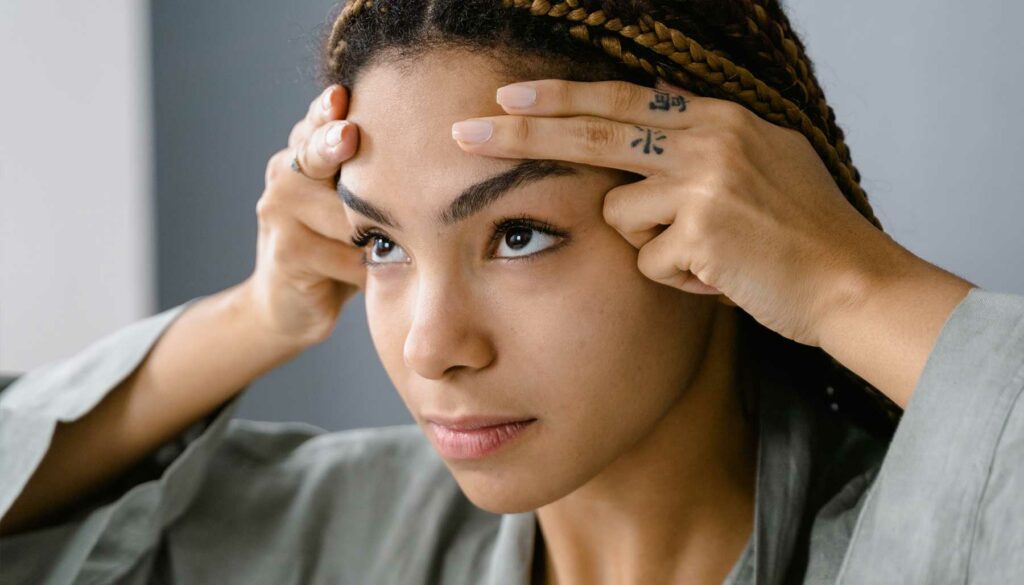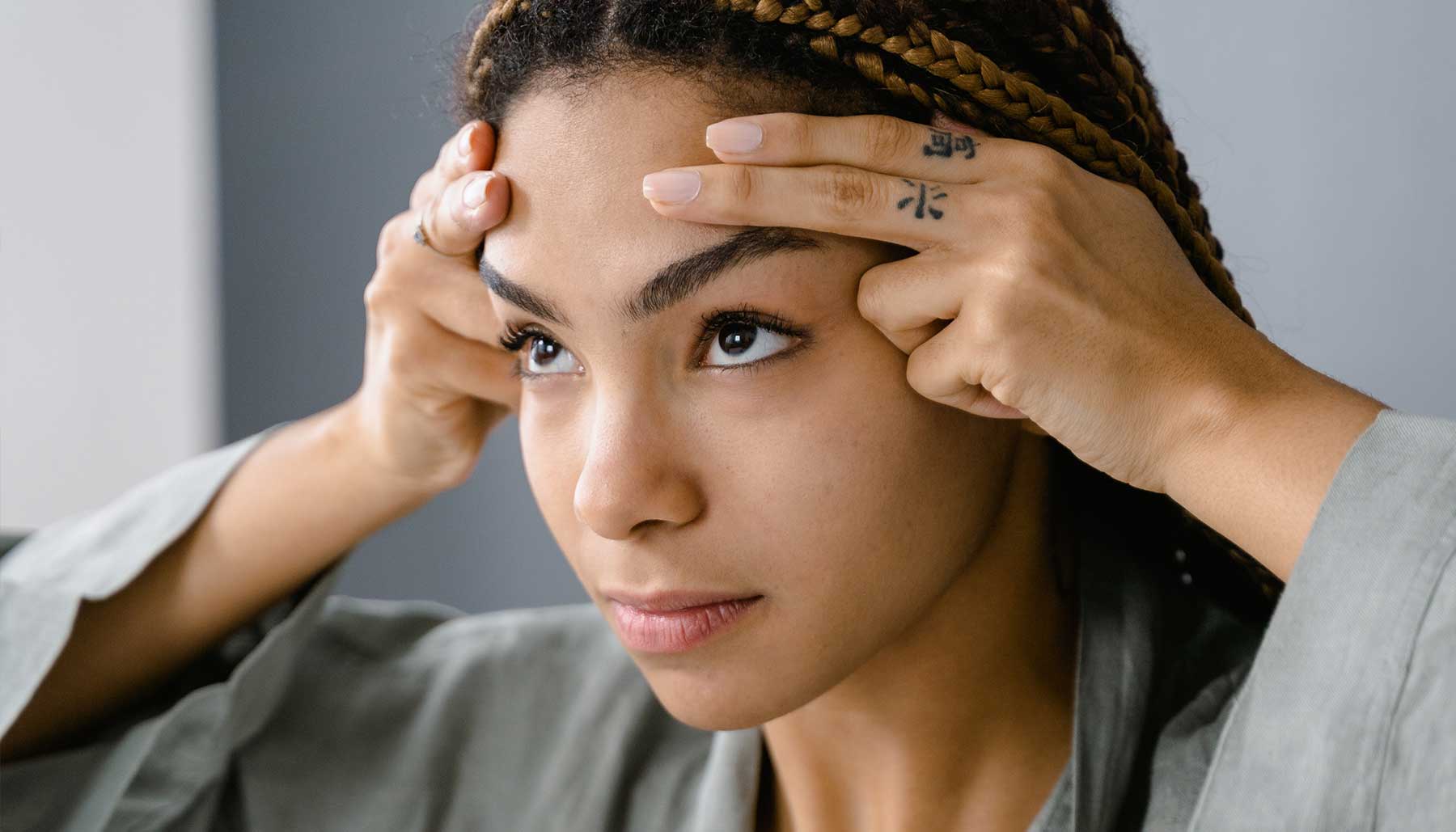There are more people than ever looking for injectables to reduce fine lines and wrinkles. While there are plenty of anti-aging creams and serums on the market, they can only do so much. Data suggests that more than 4 million people get Botox and other similar treatments (botulinum toxin type A in general) each year.
When it comes to these minimally-invasive cosmetic procedures, Botox Cosmetic has been the reigning champ for decades. It was the first of its kind to receive the FDA’s approval for cosmetic use. However, it’s worth noting that there are several brands on the market these days.
I was doing a little “touch-up” at the med spa when the doc started talking about using Dysport. I had to admit I had never thought about using a different brand before. Prior to that, all I knew (and therefore all I asked for) was Botox. It had me wondering what the difference was, and why someone might choose one versus the other. I was intrigued.
Clearly, it was time to investigate.
How Do Botox and Other Similar Products Work?

Before we dive all the way in, let’s do a quick recap on what Botox and similar injectables are.
We often use “Botox” as an umbrella name for all of them, but it’s just a well-known brand name. It’s kind of like how we call all adhesive bandages “Band-Aids” and all tissues “Kleenex.” All of those muscle-freezing injectables are not all Botox. They are actually called botulinum toxins.
If the name seems eerily similar to the illness botulism, it’s not a coincidence. The disease botulism is caused by large amounts of botulinum toxin. There are several main types of botulinum toxin, labeled from A to G. Botulinum toxin types A and B are the ones that are used cosmetically and medically. It is purified and used by doctors in small doses to achieve results.
Botulinum toxin works by interfering with nerve signals to prevent muscle movement. When the muscle can’t contract the way they naturally would, it prevents further deepening of existing lines and prevents future lines from developing. As it relaxes the muscle underneath, it can often give the skin a slightly smoother appearance, too. It is most commonly used to treat glabellar lines (the vertical lines between the eyebrows), crow’s feet (around the eyes), and forehead creases. Results will start showing up anywhere from a few days up to two weeks after treatment.
It’s important to remember that these treatments are not permanent. It is something that has to be done every few months after the effects wear off. Results can typically last three or four months, but they may last up to six months for some people. It all depends on how expressive you are with your face, if you have a fast or slow metabolism, or if you exercise frequently.
Botulinum toxin can also be used to treat migraines, blepharospasm, excessive sweating, neck spasms, and more – but for the most part, we’re just going to stick with the facial fine lines and wrinkles for today.
Different Cosmetic Neurotoxins are Available

Botox was FDA-approved for cosmetic use back in 2002, although it was already being used off-label before that. Now, there are several other brands of botulinum toxin that have been approved for use. In the United States, these are the ones you are likely to encounter for cosmetic concerns:
- Botox Cosmetic
- Dysport
- Jeuveau
- Xeomin
- Daxxify
Botulax is another botulinum toxin type A from South Korea, but it’s not currently available in the U.S. However, it is expected to receive FDA approval this year, which means we could be seeing it hit the market soon.
Daxxify was recently approved by the FDA but is not available yet. It is expected to become available sometime this year. If you want to know more about this one, check out how it’s different here.
Right now, Botox and Dysport are the top two on the market in the U.S. if you go under the needle, it’s likely to be one of these two. But how do you know which one to use? Is one of them better than the other?
The Differences and Similarities Between Botox and Dysport
Botox Cosmetic and Dysport are both botulinum toxin type A, but they do have some crucial differences. These key distinctions mean that one might be a better choice over the other, depending on the person and the desired results. Let’s take a look at the differences and similarities between these two.
So, how are they so different, when they come from the same neurotoxin and are injected the same?
The difference between these two products comes down to the molecular level. Normally I wouldn’t get too deep into science stuff, but this is important here! While both are from the botulinum toxin family and their chemical structure is very similar, Botox is actually a neurotoxin called onabotulinumtoxinA while Dysport is a neurotoxin called abobotulinumtoxinA. The Dysport molecule is smaller and has a different protein blend.
Dysport is also more diluted than Botox Cosmetic. One unit of Botox is equivalent to around two and a half or three units of Dysport. Because Botox is less diluted, it will take fewer units to treat an area. You might need two or three times as many units of Dysport to get the same effect. This balances out when it comes to the final cost, though. Dysport is cheaper per unit when compared with Botox.
This molecular difference, and possibly the dilution, means that they can behave slightly differently when injected. Dysport tends to spread more than Botox, which might be good for larger areas such as the forehead. The potency of Botox might work better for small or precise areas.
Between the two of them, you’ll see results faster with Dysport. It will only be a couple of days before it starts to work. With Botox, it may take five days before results start showing up, with maximum results setting in by two weeks. With all that said, though, Botox usually lasts longer. Dysport will last for around three or four months, while Botox might last for around four to six months.

Let’s go ahead and break that down into an easy-to-skim list:
| Botox Cosmetic | Dysport |
| • Can take anywhere from five days to two weeks to see full results | • Results show up in a couple of days |
| • Results last four to six months | • Results last three to four months |
| • Approved for use on moderate to severe forehead lines, frown lines, and crow’s feet | • Approved for use on moderate to severe frown lines between the eyebrows |
| • Not likely to spread | • Might spread out. Good for larger areas |
| • More potent and requires fewer units | • More diluted and requires more units |
| • Average cost of units: $11 to $15 per unit | • Average cost of units: $4 to $8 per unit |
| • Average cost of treatment: $300 to $500, though Botox is used for a lot of different treatment areas and the cost can vary widely | • Average cost of treatment: $450 per treatment |
Choosing the Right One for You
If you’re unsure if you should choose Botox or Dysport, your best bet is to ask the experts.
All approved botulinum toxin treatments on the market are going to be pretty much the same in terms of safety and efficacy. It’s the subtle differences that might make one a better option over the other. Of course, this will be different for everyone.
Make a consultation appointment with a licensed physician, and explain what your goals and desired results are. They will be able to suggest the best treatment option to help you reach those results.
If you have been using one or the other for a long time, you may see a decline in efficacy. In this case, switching to one of the others may help. People can actually develop antibodies over time to certain cosmetic neurotoxins, which means they may lose their efficacy.

Who Is a Good Candidate for Dysport or Botox?
As with any cosmetic treatment, these wrinkle-fighting injectables might not be for everyone. Checking with a physician is the best way to determine if you should receive treatment. However, there are a few guidelines to give you an idea of who makes a good candidate, and who might not.
- At least 18 years old
- No history of neuromuscular diseases
- Not pregnant or nursing
- Healthy skin with moderate elasticity, but starting to show signs of aging
- Treating dynamic wrinkles that develop due to natural face movements, such as frowning or smiling
- Has realistic expectations and goals
Who Is Not a Suitable Candidate?
On the flip side, these are indications that you shouldn’t get one of these treatments:
- Having an allergy to any ingredients in Botox or Dysport
- Pregnant or nursing
- Taking medications that can interfere with the effects of Botox or Dysport
- Having a severe illness, including neuromuscular diseases or diabetes
- Significant facial asymmetry
- Wrinkles are static, meaning they are present regardless of facial movements and are due to loss of volume or muscle weakness
- Having deep facial scars or very thick skin













